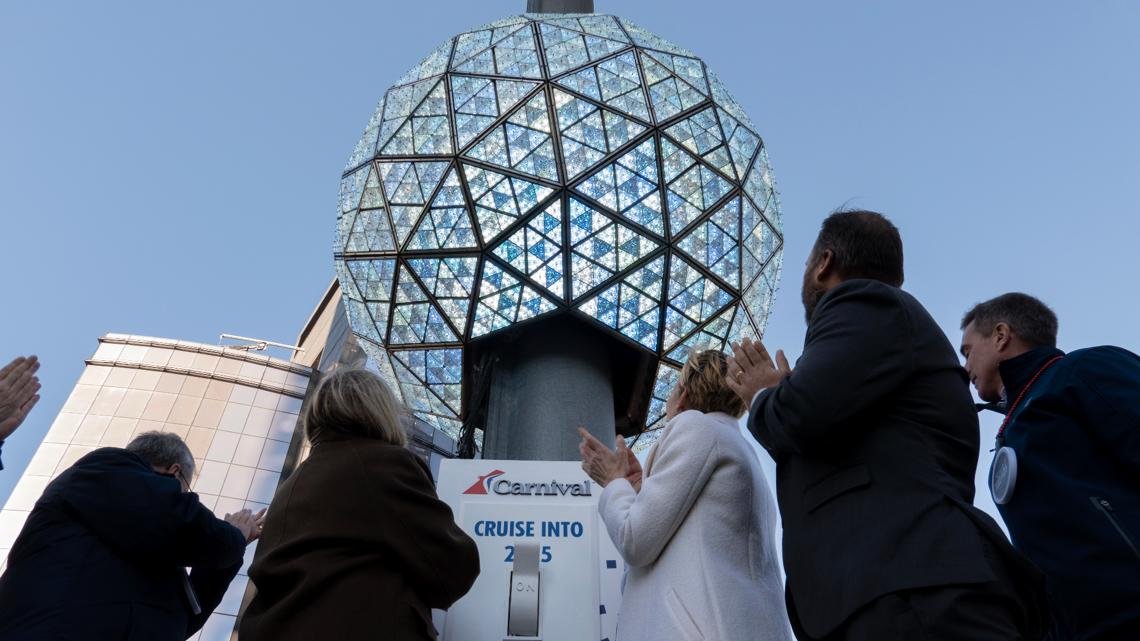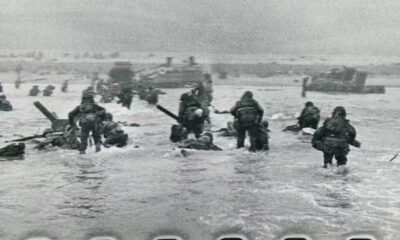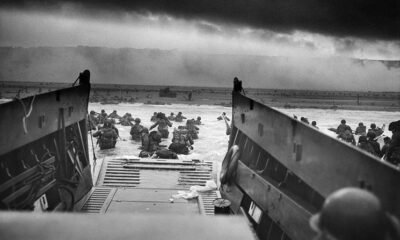cct-tracking
Unveiling History: The Inaugural Times Square New Year’s Eve Ball Drop

This year’s Times Square New Year’s Eve ball has been rigorously tested, showcasing its impressive features. Weighing nearly 6 tons, the dazzling structure incorporates 2,688 crystal triangles.
NEW YORK — On Monday, city officials conducted a trial run of the iconic New Year’s Eve ball, preparing for the much-anticipated festivities. A switch was flipped to illuminate the striking geodesic sphere, which ascended and descended a 139-foot pole atop One Times Square, confirming its operational readiness.
The rehearsal is part of a series of promotional events leading up to the celebration. The day before, vibrant confetti was distributed among onlookers, setting the stage for the anticipated 3,000 pounds of colorful paper that will fill the air at midnight on New Year’s Eve. Included among this confetti will be wishes penned by attendees in the lead-up to 2025.
Mayor Eric Adams highlighted the significance of the occasion, stating, “This is the crossroads of the entire planet right here in New York City.” He emphasized the global attention the event attracts as people join in the countdown from various locations.
In light of safety, Police Commissioner Jessica Tisch assured the public that there are currently “no specific credible threats” directed at the Times Square event. Nonetheless, she noted that numerous police resources would be deployed, detailing specific measures such as dedicated teams to prevent pickpocketing and sealing off mailboxes and vending machines in the vicinity.
The Times Square ball drop tradition boasts a rich history, having commenced in 1907. The event has continued annually, with the notable exception of 1942 and 1943 during World War II when “dimouts” were observed to protect the city from potential attacks.










![Frank Fierro stands in front of a 90-acre sunflower crop on Ralston Road, just south of State Route 238, on June 2, 2025. [Monica D. Spencer]](https://arizonanews.org/wp-content/uploads/2025/06/Colorful-Photo-Spot-Blooms-Again-A-Second-Chance-After-Last-400x240.jpg)
![Frank Fierro stands in front of a 90-acre sunflower crop on Ralston Road, just south of State Route 238, on June 2, 2025. [Monica D. Spencer]](https://arizonanews.org/wp-content/uploads/2025/06/Colorful-Photo-Spot-Blooms-Again-A-Second-Chance-After-Last-80x80.jpg)





